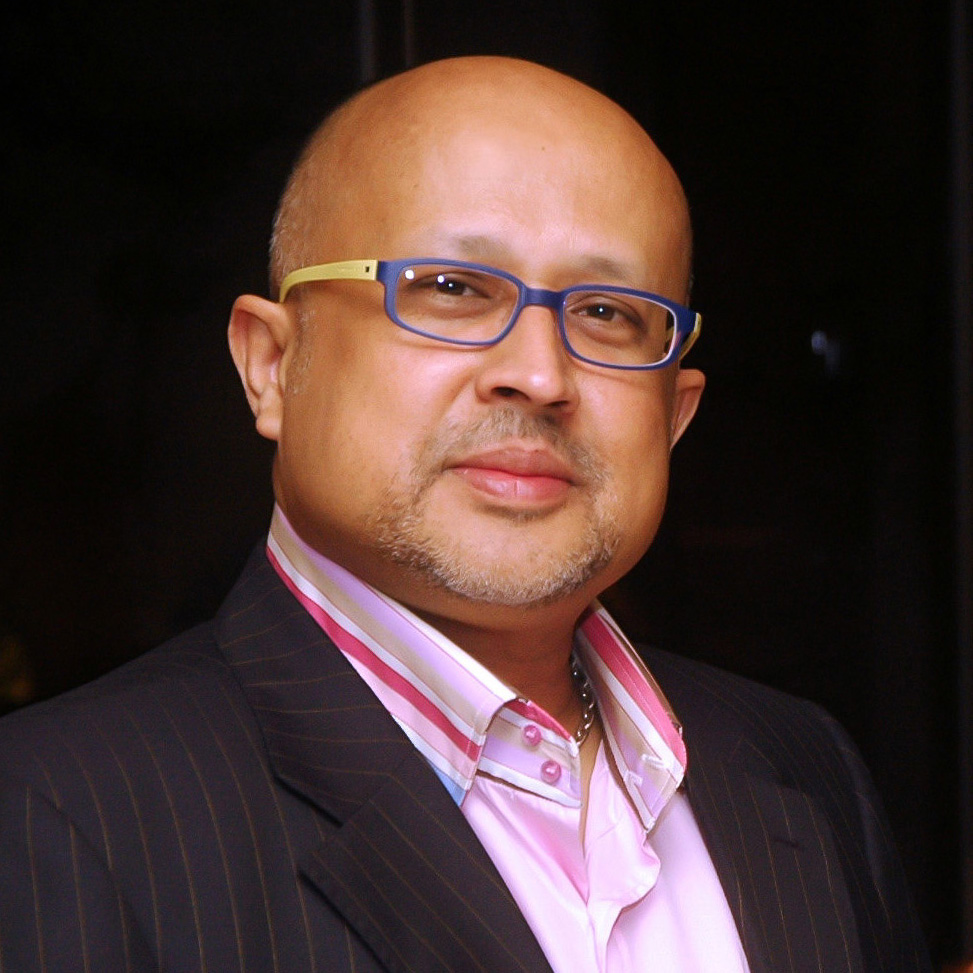Featured 1

Despite a rise in income inequality, the country has witnessed a significant reduction in poverty between 2016 and 2022, according to the Household Income and Expenditure Survey-2022, released this week by the Bangladesh Bureau of Statistics. Undertaken every six years, the HIES is a comprehensive survey that offers valuable insights into the economic conditions of individuals and households, poverty, inequality, and living standards to policymakers.
Unveiled at the BBS auditorium, the HIES reveals that the Gini coefficient, which measures inequality, was 0.499 at the national level in 2022 - with 0.446 in rural areas and 0.539 in urban areas. As might be expected, inequality is higher in the cities. The Gini coefficient (Gini index or Gini ratio) is a statistical measure of economic inequality in a population. Generally, a country is considered to have high inequality in people's incomes once the Gini coefficient crosses 0.500.
Households' average monthly income has increased in nominal terms to Tk. 32,422 in 2022, from Tk. 15,988 in 2016 and Tk. 11,479 in 2010 - so it has nearly trebled over the course of the Awami League's prolonged spell in power.
In the HIES 2022 report, the BBS made significant developments by selecting the quality enumerators, conducting residential training, Introducing CAPI (Computer Assisted Personal Interviewing), improving data collection tools, substantially increasing the number of food and non-food items based on COICOP (Classification of Individual Consumption by Purpose), and implementing continuous monitoring and supervision, etc. This has resulted in an improvement in data tracking and accuracy during the survey, which has been reflected in the consumption, income and expenditure aggregates. BBS has significantly improved its working methods since Abdul Manan took over the Planning Ministry.
The headcount rate (HCR) of poverty in 2022 using the upper poverty line was 18.7% at the national level, down from 24.3% in 2016. When it comes to extreme poverty, the HCR declined from 12.9% in 2016 to 5.6% in 2022. In 2022, approximately 14, 1% of households had at least one member who opened a bank account during the last 12 months, which is double the rates in 2016 (7.5%) and 2010 (7.4%). The figures represent a population on the move in terms of financial inclusiveness.
The coverage of the social security programmes (SSP) of the government also increased significantly in 2022 compared to 2016 and 2010, covering households and SSP programme beneficiaries in all areas, i.e. national, rural, and urban areas. Female participation in the labour force, average protein intake, and households' access to electricity also showed great improvement in 2022. The country's literacy rate is now recorded at 74%, up from 66% in 2016, and 57% in 2010.
All in all, there is much in the survey results that is encouraging about the direction in which the nation is headed. But rather than resting on their laurels, Its insights must be used wisely in the years ahead by policymakers to further the fight against poverty, as Bangladesh emerges out of the club of LDCs and commences its journey towards becoming a developed nation.

























Leave a Comment
Recent Posts
Why Southeast Asia’s online sc ...
Cambodia’s arrest and extradition of a powerful tycoon accused o ...
LC openings surge as dollar cr ...
Letter of Credit (LC) openings for essential commodities, industrial r ...
US President Donald Trump has been discussing "a ran ..
Delhi and Dhaka need to find an off ramp
Moin re-elected DCAB President; Emrul Kayesh new GS
Bangladesh, Uruguay hold political talks, eye strong ..